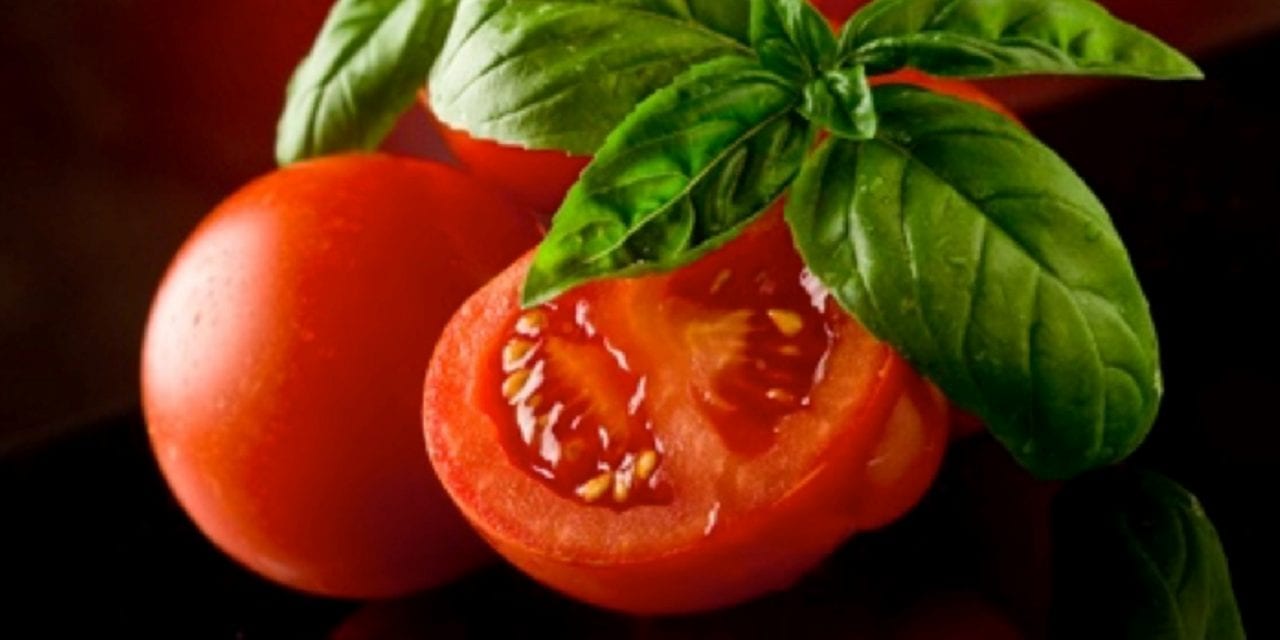Nothing says summertime like the sight and aroma of fresh tomatoes, fresh basil, a little olive oil, and fresh squeezed lemon.
By Pam McDonald
For RonnDa Peterson, VP with Strategic Dining, an integrated, hospitality-based dining management company and Senior Housing Forum partner, nothing says summertime like the sight and aroma of fresh tomatoes, fresh basil, a little olive oil, and fresh squeezed lemon.
She says: “I dream of this flavor palate throughout the year and when the summer months deliver, I can’t get enough!” She revels in summer’s bounty with its fresh flavors and vibrant colors – “a literal feast for the senses.”
Wellness Benefits of Fresh Produce
She notes that culinarians and all those who enjoy a great dining experience delight in these months when fresh fruits, vegetables and herbs are plentiful, bursting with flavor and packed with nutritional benefits.
She says eating fresh far outweighs consuming processed foods and points to the following health-promoting effects:
-
Residents, staff, families, and others enjoying your community’s fare will get from 10 to 20 times more fiber in their diet without really trying
-
Nutrient values and benefits are reduced when fresh vegetables or fruit are overcooked or processed
-
Fresh fruit and vegetables contain a lot less sugar and salt
-
They help people experience more energy and feel full faster
-
They will not spike blood sugar as high as juices do
-
Diners won’t consume as much sodium
-
Vegetables, especially, contain unique phytochemicals that promote good health; research continues to demonstrate that many essential nutrients in fresh produce help protect against certain cancers, high blood pressure, heart disease and Type 2 diabetes.
What Summer Fare Can Your Community Offer?
RonnDa says, “We at Strategic Dining encourage all culinary teams to take a moment to think about these seasonal offerings and assess what they can deliver at their communities each week.”
The Directors of Operations at Strategic ask community dining teams, “Are you taking advantage of the local produce purveyor, farmer, or co-op that offers the freshness and seasonal varieties that change with local harvests? What better way to get the best yield and cost-effective products?
“We believe dining teams that modify their four or five-week cycle regularly have more natural flexibility built into their menus, as opposed to the mega-menu cycles that change only twice per year. We also encourage dining supervisors to keep in mind price versus cost when ordering produce and fruit.”
“Local farmers may charge a little more for that case of lettuce,” reminds Jeff Kelley, VP of Operations at Strategic, “but if it last longer and has less waste, it can be the lower cost overall.”
Keep It Simple!
Strategic Dining urges chefs to show off what nature provides when preparing fresh produce. “Keep the cooking simple and bring out the natural qualities of the products you’re working with. Do not rely on frozen vegetables for flavor, color or nutrition.” Many community leaders are surprised to learn that fresh does not mean more expensive – either in raw food or labor.
“Grilled fresh asparagus needs only a drizzle of olive oil and a splash of fresh lemon juice to steal the show, Jeff says. “Roasted summer squash and zucchini with sweet onions and herb oil can make a simple chicken breast pop off the plate.”
Outside the Box, Inside the Bin
Jeff suggests, “The trick is to challenge yourself and your culinary team to think inside the produce bin and try new items as they become available. Get suggestions from residents, and then do some research for a new recipe.
“We’ve all heard that residents don’t want to try anything new, but when you prepare fresh food well, present it well and celebrate it with them, they’ll appreciate the effort and diversion from the everyday!”
“Enjoy your summer bounty!” from the team at Strategic.
For more fresh ideas from Strategic Dining, contact RonnDa Peters at (888) 406-1901 or visit their website at StrategicDining.com.








